
The Final Fantasy franchise now has 15 main titles to its name, as well as numerous sequels and spin-off titles. All of the games feature many recurring elements, such as certain creatures, classes, themes, enemies, names, and more.
Though the smaller titles also share in these recycled elements, it's the main numbered titles that more consistently utilize the same things, though you might not have noticed these re-used features before. Here are some of the things that every main Final Fantasy title has in common, though in some cases there may be a title or two that is an exception from the rule. Spoilers ahead!
10 Fallen Civilizations
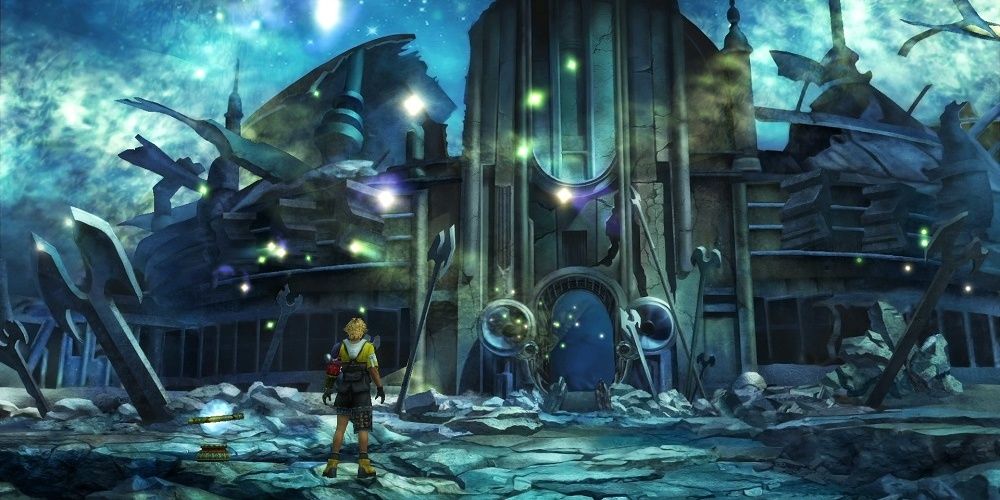
Fallen civilizations appear to feature in every single Final Fantasy title, a lot of the time being one of the focal points of the plot, but sometimes just appearing in the world as ruins & never fully being explained.
The earliest example is the Sky People civilization that fell apart many years before the events of Final Fantasy, and the most recent example is the Solheim empire that was destroyed during the War of the Astrals in Final Fantasy 15. Other prime examples are Zanarkand from Final Fantasy 10 and Allag from Final Fantasy 14.
9 Chocobos

Chocobos were first introduced in Final Fantasy 2 and have appeared in every game since in some form, going on to become one of the franchise's main mascots. Chocobos were retroactively added to the first Final Fantasy title for the Game Boy Advance release, as well as all subsequent versions, meaning they are now represented in every main title.
However, the Chocobos added to the first title are not proper living creatures, but instead statues that adorn the throne room in Castle Cornelia.
8 Twin Antagonists
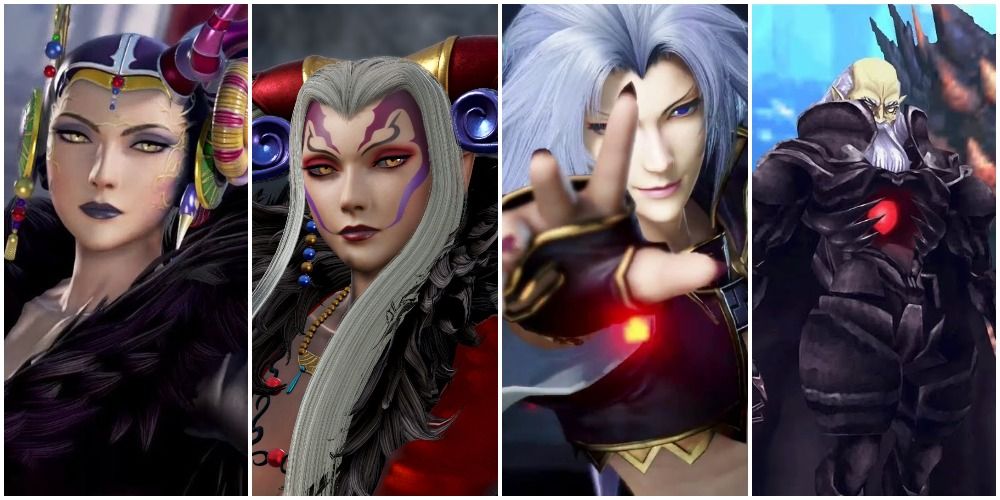
The Final Fantasy games are great at weaving such complex stories that players are misguided into thinking they know exactly who the villain of the piece is, only to realize that the game has more surprises in store. The idea of "twin antagonists" is often used, setting up one character as "the big bad," only for players to discover that another character or entity that has remained hidden until later in the game is the real villain of the piece.
A few examples of this are: Final Fantasy 10 sets Sin up as the enemy, as well as Seymour and Jecht, but really it's Yu Yevon who needs to be defeated. Final Fantasy 8 makes players think Sorceress Edea is the problem, but Ultimecia is the true threat. Final Fantasy 9 has Kuja as the bad guy, but really Garland is the one pulling the strings.
7 Amnesia
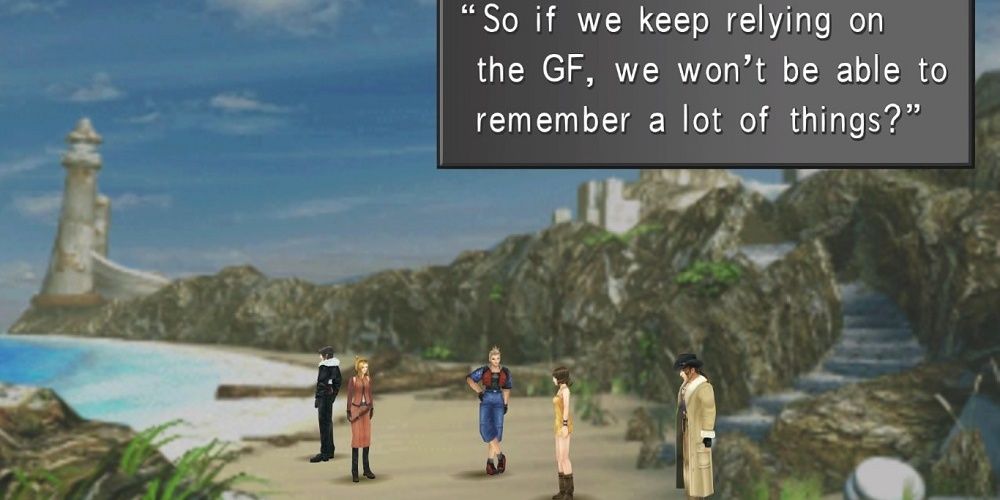
Amnesia often appears as a plot device in the storylines of the Final Fantasy series. Many of the franchise's characters suffer from amnesia, such as when Galuf loses his memories after being hit in the head in Final Fantasy 5. It's not always main characters either. In Final Fantasy 9, the side characters of Sir Fratley suffers from amnesia and has no recollection of his lover Freya.
There are also times when amnesia is the result of a key story element, such as the use of Guardian Forces in Final Fantasy 8, or a side-effect of Sin's toxins in Final Fantasy 10.
6 Cid
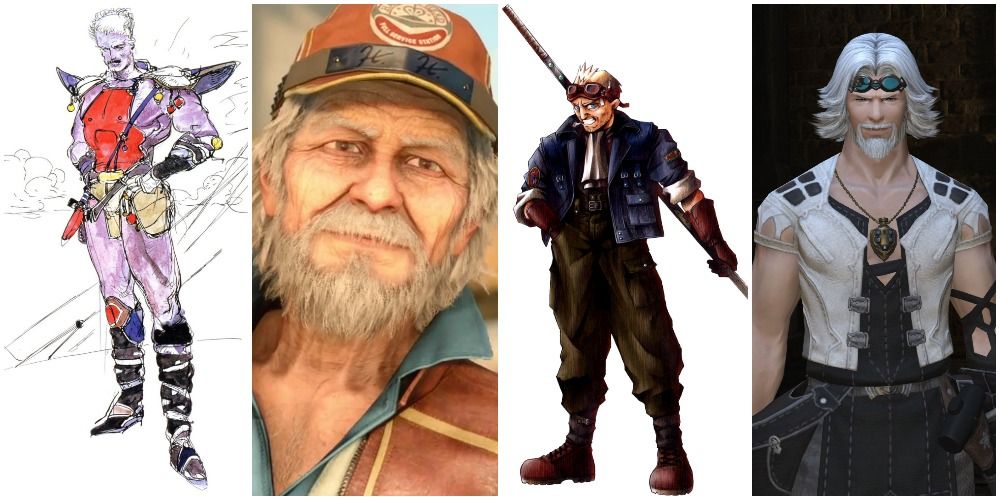
There are a few characters/names that reappear throughout the series, such as Biggs & Wedge and Gilgamesh, but none appear so consistently as Cid. Cid features as a character or is referenced in some manner in every single main Final Fantasy title, with him sometimes being a party member, an NPC, or even an antagonist.
Originally, there was no reference to Cid in the original Final Fantasy, but it was retroactively added in remakes, labelling him as the creator of Lufenian airship. Cid characters are generally depicted as being technologically-minded, taking on the roles of inventors, engineers, or mechanics.
5 References To Mythology

All of the Final Fantasy titles make references to real-world mythology and folklore. These references are commonly made through enemy names & appearances, but are sometimes made during the game's plot or when certain characters allude to real-world beliefs.
Some of the main recurring mythological references are made using summonable creatures, themselves a recurring feature of the franchise. Bahamut, Shiva, Leviathan, and more are just some of the most notable summons in the series.
4 Behemoth
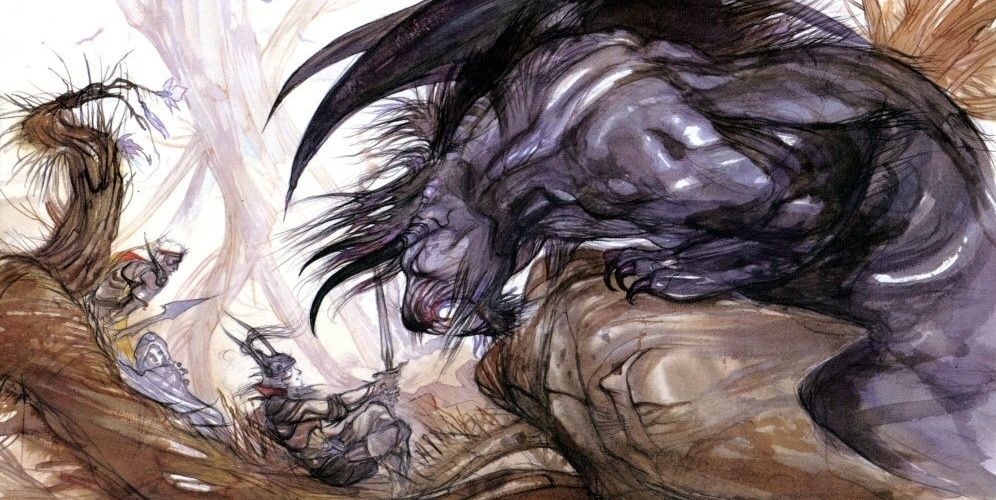
There are many enemies that reappear throughout the entire Final Fantasy series, with some going on to become synonymous with the franchise, such as the Cactuar. One enemy creature in particular that has appeared throughout the games is Behemoth.
Its design has varied a little over the years, but it is generally a large, hulking purple beast with horns. While it wasn't actually included in the original Final Fantasy on release, it was initially planned to be included, as shown with the concept artwork of the Warrior of Light facing off against a winged Behemoth (above image).
3 Angel Imagery

Angels are referenced throughout the series, with earlier games depicting small cherub-like beings when players use the Raise or Arise spells. This element featured as late as Final Fantasy 10, with a little cherub appearing when infinite auto-life is used during the battle against Yu Yevon.
Other indirect references are also made, such as Final Fantasy 8's Rinoa having an affinity with angels, the Jenova doll in Final Fantasy 7 resembling an angel, Zidane being an "angel of death" in Final Fantasy 9, and more recently, the angel symbolism in Final Fantasy 15 used for Oracles and Messengers.
2 Focus On Friendship Bonds
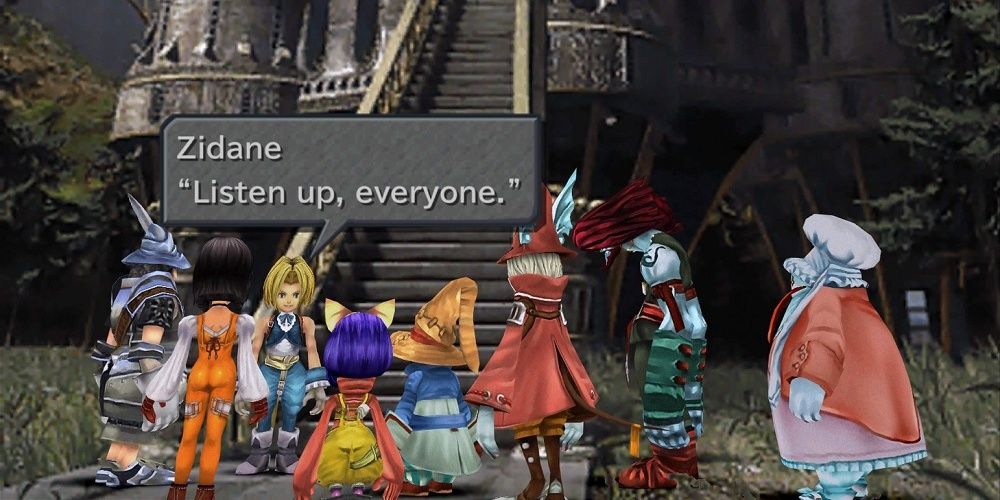
All of the Final Fantasy games seem to have a focus on the bonds of friendship between the characters, with the player seeing first-hand how the characters steadily develop their relationships with one another, building such comradery that it often helps them to defeat their enemies in some way.
These personal relationships are sometimes so prevalent that they begin to overshadow the main obstacles of the storyline, with the characters and their feelings seemingly becoming the main focus of the game.
1 Crystals
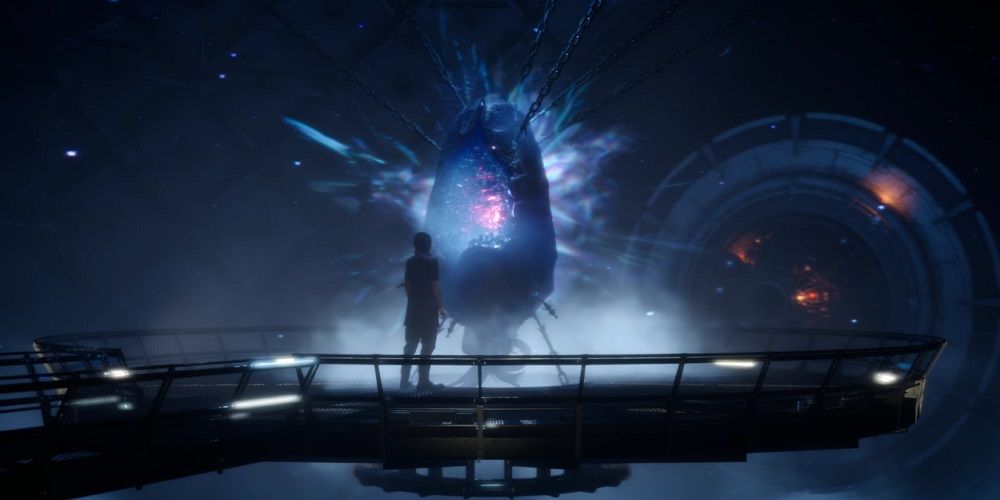
Crystals appear in every single Final Fantasy title to date, though their role in some games may be smaller than others. Many fans don't realize that all of the games feature crystals as they are sometimes presented in different ways. For example, the translation for Final Fantasy changed "crystal" to "orb." Another example of crystals hidden in plain sight are the spheres of Final Fantasy 10.
Of course, there are other games when there is no mistaking the crystal feature, such as Noctis being dragged into the Crystal of Lucis, the crystalline bodies of those who complete their focuses in Final Fantasy 13, and the very rich crystal content of Final Fantasy 14.
from Game Rant - Feed https://ift.tt/319LyLh
Comments
Post a Comment